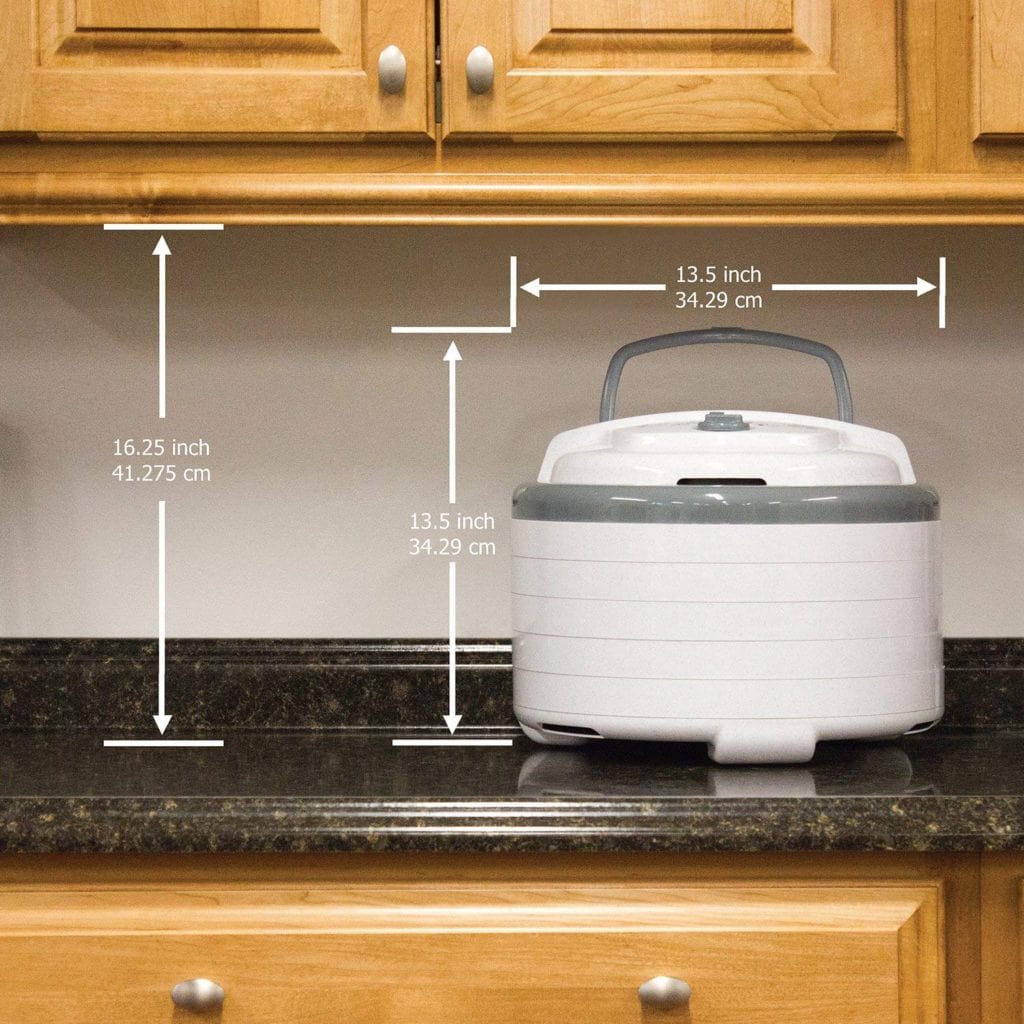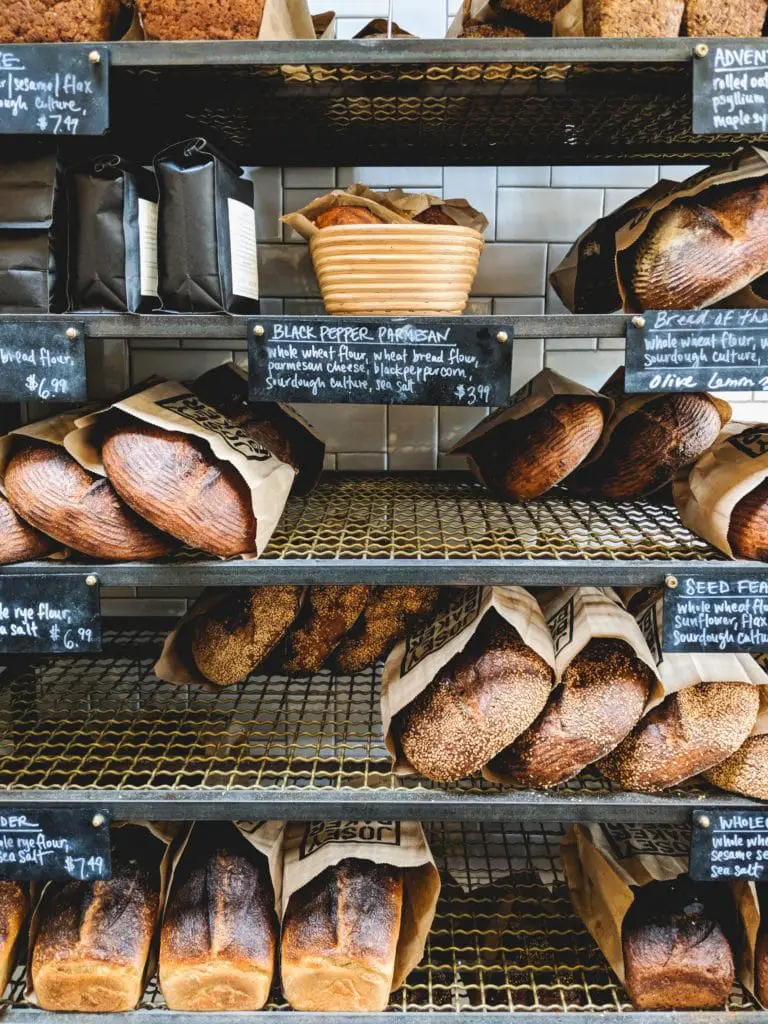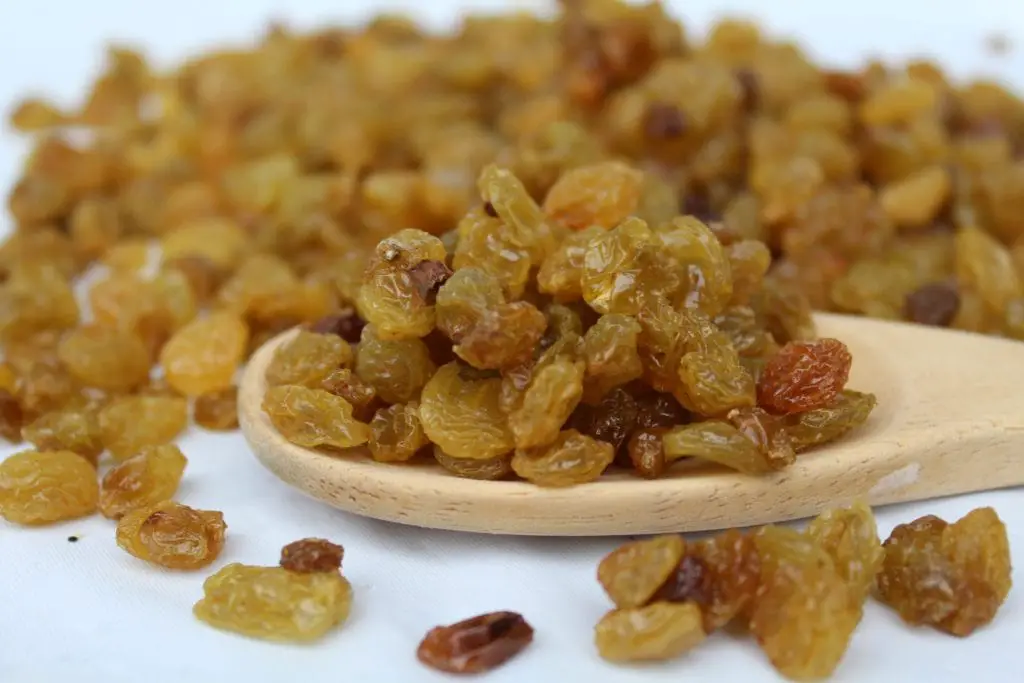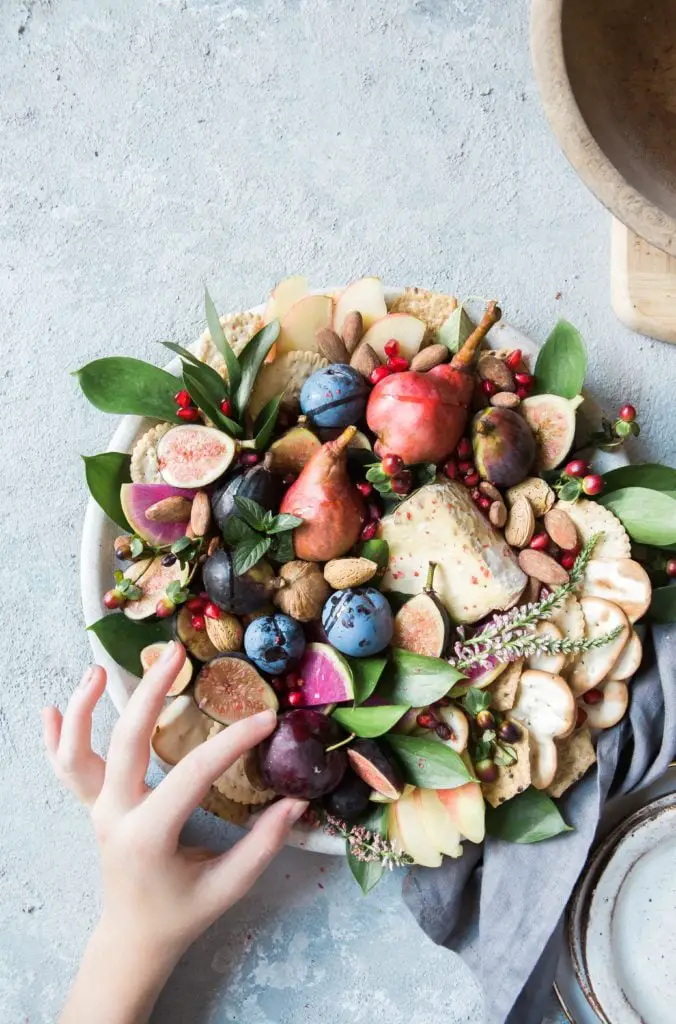In a hurry? Click “Recommended products” in the table of contents to find the dehydrators we suggest taking a look at! They are affiliate links and we appreciate the support if you click!
Table of Contents
Overview on Food Dehydrator
Invest in a food dehydrator? Hmm… it is not something you’d ever thought you’ll need in your kitchen. But it will be one of the best investments on kitchen home appliances you’ll ever make.
A food dehydrator is a kitchen appliance that has double-walled sides with heater and fan, with several trays inside that lets you dry pieces of food in batches. It has an adjustable thermostat and timer that can guide you in drying fruits, vegetables, herbs, and meat.
With the abundance of fruits and vegetables in season, you can’t help but buy them in bulk and preserve them. So, what’s the easiest way to preserve foods? Drying.
In this article, we will guide you to the different reasons why you should invest in a food dehydrator.
Why Invest in a Food Dehydrator?
It can dry almost anything
The main reason why people buy a food dehydrator is for them to make meat jerky at home. It’s expensive to buy beef jerky from the market. But that doesn’t mean you can’t do it at home. You may even experiment with different meat products. On top of that, there are many fruits, vegetables, and herbs that can be dried, too. Go ahead. Let your kitchen be your food laboratory.
It saves space.
On the outside, it is almost about the size of a rice cooker or small crackpot so it fits the kitchen countertop. Some models are portable that you can bring them for camping. Inside, food dehydrators shrink food significantly that there’s more room for preserves.

It extends the food’s shelf-life.
Dried foods may be stored for one year or even more if dried well. But if you love cooking, and your family loves what you cook, the dried foods may not even last a year.
It’s easy to tell when dried food has gone bad.
Unlike the other methods of preservation, it’s easy to tell when there’s mold on a dried food because it will be obvious.
It is versatile.
Do you think you’re stuck with dried foods? No, you’re not. You can rehydrate them to make stews and sauces.
It helps you make bread, cultures, and ferments.
Letting the dough rise takes time. In preparing grains, warmth, acidity and time are important. By using a food dehydrator, you can speed things up or let it warm longer. Place your flour and yeast mixture or your ferments inside the dehydrator, just set the perfect temperature and you’ll end up with a proper dough or culture.

It cuts down on wasted food.
Billions worth of food every year is gone to waste. But with a food dehydrator, you can preserve any excess fruit or vegetable in season and store it for future use.
It is expandable and flexible to use.
You can dry one apple or a basket of apples. There are models that allow you to add more trays if needed. The unit can run for days without signs of stress or just for a few hours.
It can’t go wrong.
You can’t mess up with food drying. Because the temperatures are low, it’s impossible to over-dry. And if in case you forgot the dried food inside, you may dry it again and it will be fine.
It may give you the thought of becoming a vegetarian even for a short time
Come to think of it, if you look at the items in your shopping cart, the expensive ones are the meat products. So why not reduce animal products in your diet for a change? Dried fruits and vegetables don’t need added sugar or salt or preservatives. Plus, you get all the fibers and their minerals even if dried.
It may inspire you to have your own garden
You don’t need a dehydrator to start a garden. But if you know that your efforts won’t go to waste, you’ll more likely to think about having one. If you grow herbs, fruits, or vegetables in your backyard, it encourages healthy cooking and eating and lowers the amount of money you spend on groceries.

It will stop you from buying candies and junk food
After making dried fruits and fruit leathers with your food dehydrator, you’ll forget munching on unhealthy candies and chips.
It inspires you to make homemade potpourri.
Use the excess harvest to create potpourri to freshen up your home. Combine dried fruits, dried flowers, and a few drops of essential oils to enhance the fragrance of every room.

It inspires you to create homemade treats as gifts
Make bags of dried fruits, vegetables, herbs, beef jerky, or other goodies that you could think of to give away this Christmas. Be creative in the packaging and you’ll have gift bags or baskets they’ll appreciate.

It will save you money in the long run.
Once you get used to the food dehydrator, you’ll be thinking of eating healthy and nutritious food more than grabbing a bag of commercially produced chips. Being healthy may mean fewer visits to the doctor which means saving more money in the long run.
The Downsides
There’s a thin line between raw and cooked.
Although food dehydrators operate at temperatures lower than a conventional oven, most recommended drying temperatures are above the 104°F raw food limit. So dried foods are not raw, but they’re not yet cooked to be eaten.
Home dehydrators won’t make garlic and onion powder.
You can’t dry onions and garlic to make powders at home unlike commercial dryers do. You can only dry them for rehydrating purposes.
They can’t contain odor.
You’ll love the smell of drying fruits but not the pungent odor of onions. If you’re going to dry aromatics, do them outdoors.
They don’t work well with high-fat foods.
Dehydrators simply remove moisture. You can’t dry high-fat foods. If you’re making jerky, blot the fat that comes out once in a while. The drying may protect the meat from spoiling but the fat may go rancid. Therefore, consume the jerky within the week. Or better yet, freeze them to protect the flavors.
Making the Most of Your Food Dehydrator
Once you decide to invest in a food dehydrator, it’s important to learn the machine itself by reading the instructional manual. The tips that follow are just a reiteration of what we discussed in the previous article. But it helps to remind you of these:
Adequate ventilation.
Put your food dehydrators on countertops that provide enough room to breathe. Dehydrators have heat and air vents that circulate within and it releases heat and air out.
Don’t let food overlap.
Dehydrators shrink food easily and you might be tempted to put a lot of food onto a tray. But don’t let them overlap or shouldn’t touch each other to ensure even drying.
Don’t mix fruits with aromatics.
Because air circulates, flavors and odors can transfer. You can dry similar food items (of the same family or group) at the same time as berries. But to stay safe, don’t dry foods all together at one time.
Use the best food.
Choose the best quality of food. Remove any bruises or soft spots before drying.
Don’t dry any fruit with visible mold.
The drying process won’t kill the mold spores.
Rotate trays
Try to rotate trays for even drying especially if they’re stacked on top of each other.
Cut fruits and vegetables in equal thickness or sizes
To make drying even, slice fruits and vegetables in the same thickness. For small round fruits like grapes and berries, cut them in half. Fat, round shape fruits take a long time to dry.
Ready to try food drying? Start with this recipe.
RELATED ARTICLE: The Beginners’ Guide to Home Food Dehydration
Recommended Dehydrators
After reading the above information you might buy consider investing in a food dehydrator. If so, we’ve found some of the best ones on Amazon. Here are the models we recommend.

Click the image to check price on Amazon

Click the image to check price on Amazon

Click the image to check price on Amazon

Click the image to check price on Amazon
Final Thoughts
People are becoming more health-conscious. They want to consume healthy foods. And for them to achieve this, a food dehydrator helps.
If you’re worried that it will just sit in the cupboard for months in between use, think of recipes that may require you to use a dehydrator. It will turn out that you’ll be using it most of the time.
Much of our daily budget goes to food. Invest in a food dehydrator and help lower the expenditure. You can buy a decent food dehydrator for less than $100 but even the pricier ones are worth the investment.
And with so many foods being wasted worldwide, don’t you think it’s time to stop contributing to this problem?
So let’s get healthy and spend less money by investing in a food dehydrator.

